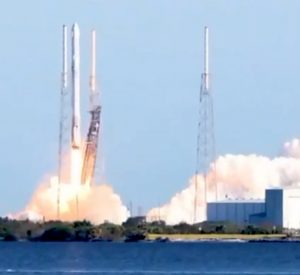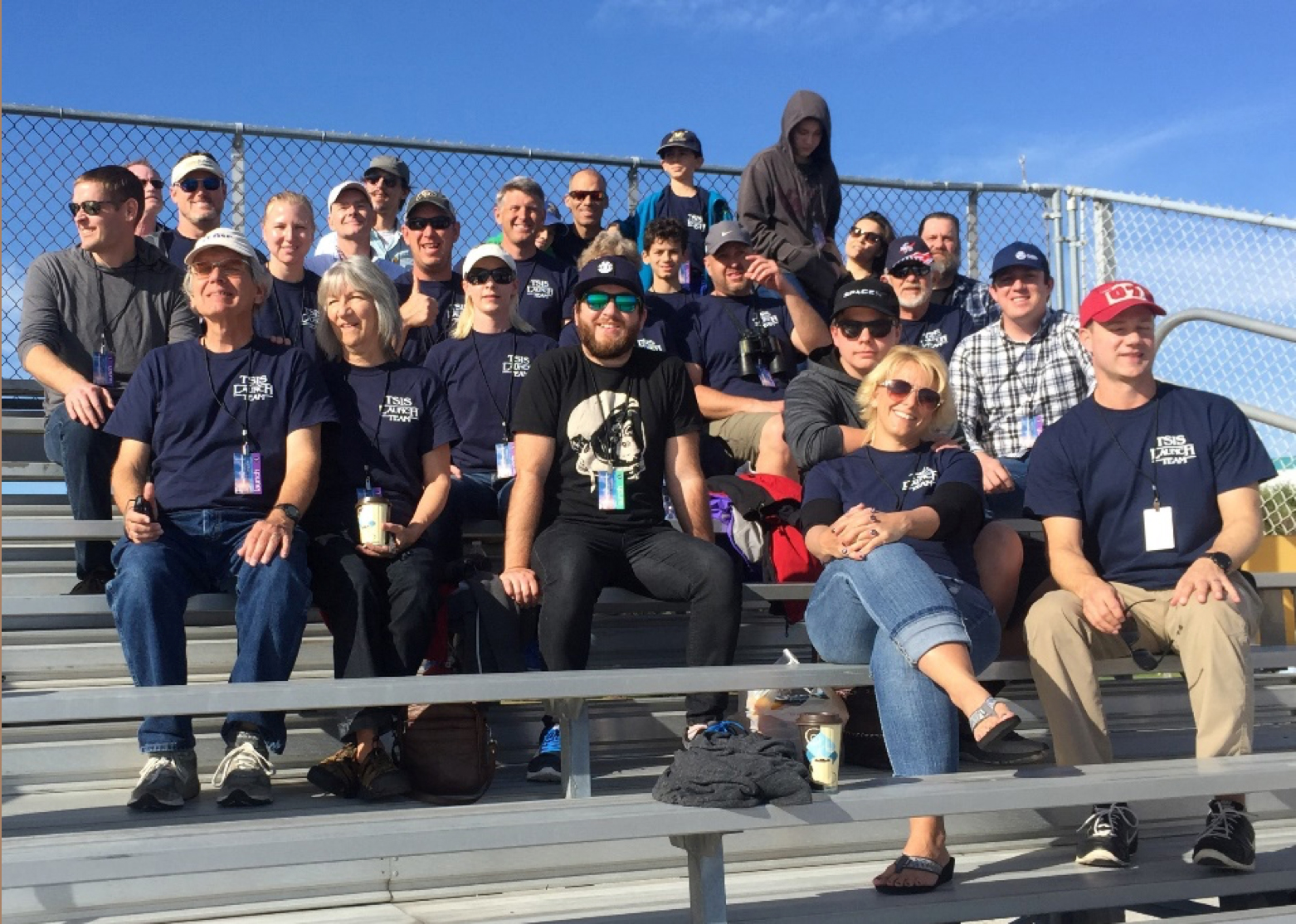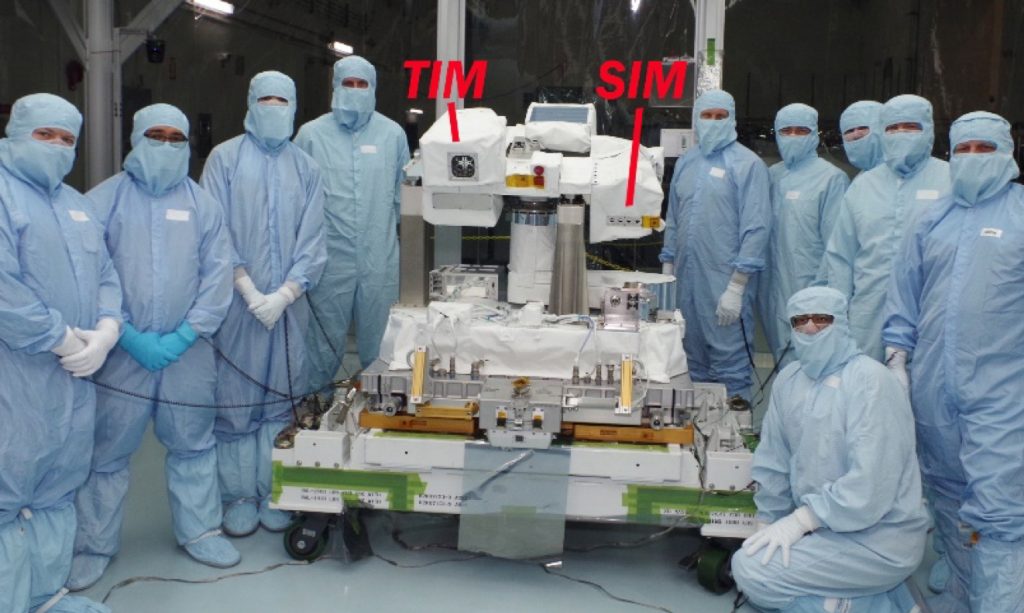TSIS-1 Launches
After years in the making (almost 2 decades!), the Total and Spectral Solar Irradiance Sensor (TSIS-1) launched on Dec. 15, 2017 onboard a SpaceX Falcon 9 rocket. It was a beautiful site from Kennedy Space Center! The Dragon capsule with all of the precious cargo arrived to the International Space Station (ISS) on Sunday, Dec. 17, and it was captured by NASA astronauts using a robotic arm. Days later TSIS was mounted on the top of the ISS for optimum solar pointing activities.
After delivering all of its goods, including a copy of the newly released “Star Wars: The Last Jedi” movie, the Dragon will depart the ISS in mid-January and return to Earth with a full load of research and hardware. The ISS has been in operation for over 17 years. In an effort to drive down launch costs, this is the first time SpaceX has flown a recycled rocket with a recycled capsule.
TSIS is a 2-instrument package comprised of the Total Irradiance Monitor (TIM), which measures the total solar irradiance from outside of Earth’s atmosphere, and the Spectral Irradiance Monitor (SIM), which measures solar spectral irradiance from 200-2400 nm. The TSIS TIM and SIM are heritage instruments to those currently flying on SORCE and both instruments are essential to understanding the energy input to the climate system. TSIS will continue the 39-year TSI record and extend the newer 14-year SORCE SSI record, insuring continuity of the solar irradiance Climate Data Records into the future.
LASP at the University of Colorado is leading the TSIS effort with PI Peter Pilewskie, PM Brian Boyle, and instrument scientists Erik Richard (SIM) and Greg Kopp (TIM). Similar to SORCE, LASP is handling the mission operations for TSIS, and science data from the TIM and SIM instruments should be available in around March 2018. Stay tuned for interesting science!
«Return to the Meetings/News page






